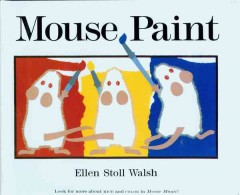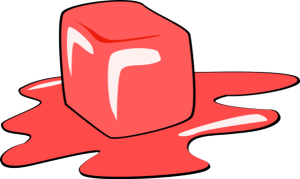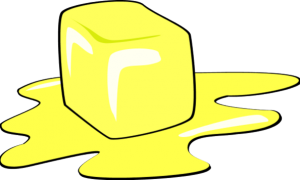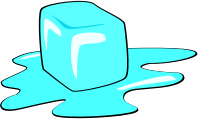
Playspace at Home: Ice, Ice, Baby!
This week was our first look at Mouse Paint, by Ellen Stoll Walsh. This book explores the concept of color mixing through the story of three white mice who play in three jars of paint: one red, one yellow, and one blue. The paint themselves, then dance in the puddles of paint and watch the colors mix together.
What we did: Our staff prepared colored ice cubes in the three primary colors. We had a bin with red cubes, one with yellow, and one with blue. Children could put the different colored cubes together in small plastic bowls, then watch the colors mix as the ice melted.
Why it matters: This activity introduces children to two important scientific concepts: color mixing and states of matter. The color mixing ties in with the Mouse Paint story, and gives kids a hands-on way to explore how a red ice cube and a blue ice cube will melt together to form purple water. The melting ice itself demonstrates the changing state of matter from solid to liquid as it warms. Manipulating the ice with their hands also gives kids a unique opportunity for sensory play.



How to do it at home: Fill and ice cube tray with water, then put a drop or two of food coloring in each segment. You can do an entire tray in one color, or use a different color for each cube. We used only the three primary colors: red, yellow, and blue. After the ice has frozen, remove it from the ice trays and play with the different colored cubes. As they melt, the colors will run together and mix to form orange (red + yellow), green (yellow+ blue), and purple (blue + red).
Taking it to the next level: Explore what happens if you change the ratio of the different colors. A yellow ice cube and a blue cube will make green, but what happens if you use two or three yellows and only one blue? Does it change the shade of green that you produce? What happens when you mix all three colors together? How many drops of food coloring does it take to produce ice cubes with saturated colors?
Additional reading: Another great book that explores color mixing is Hervé Tullet’s Mix It Up! This interactive concept book asks the reader to rub, shake, and tilt the pages to mix colored paint dabs together.






